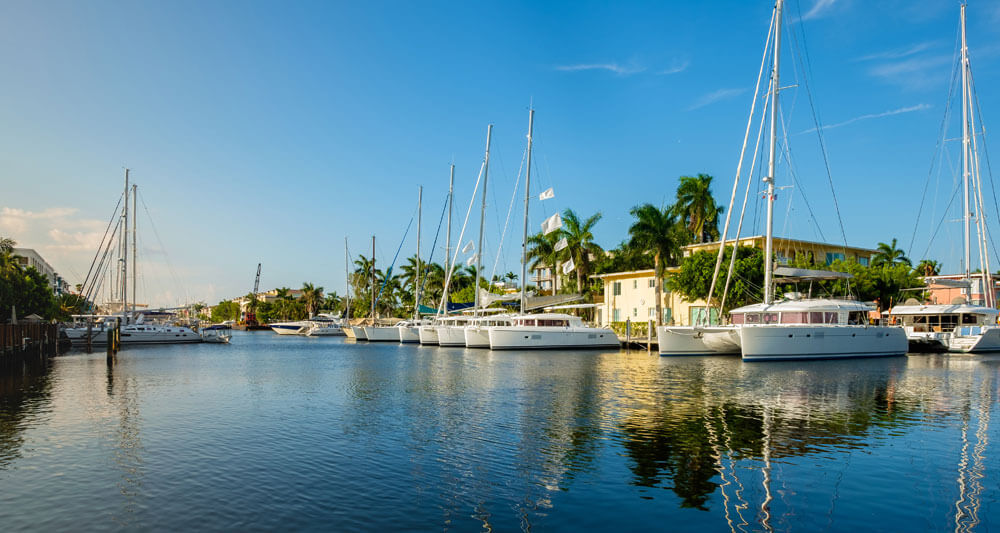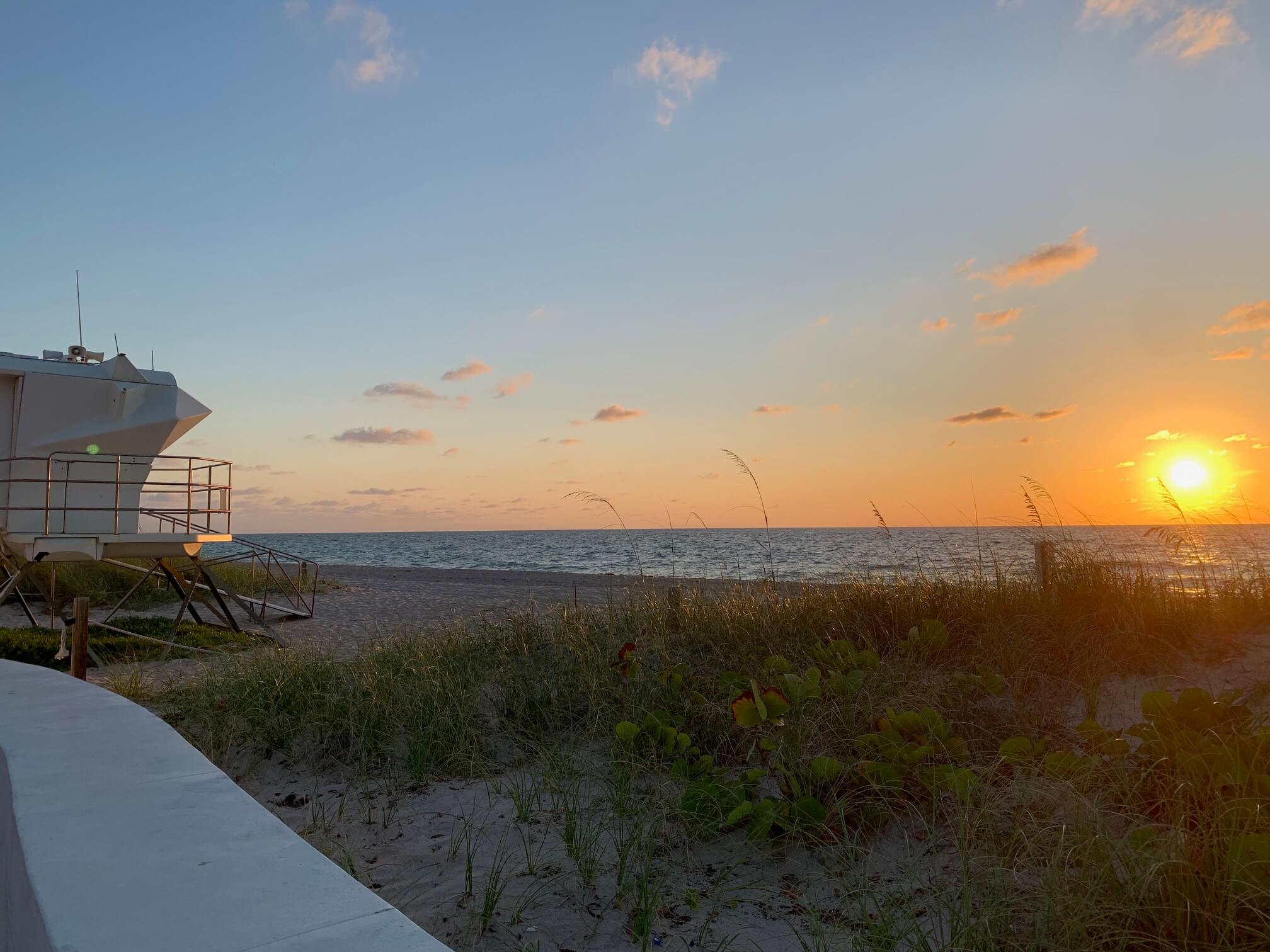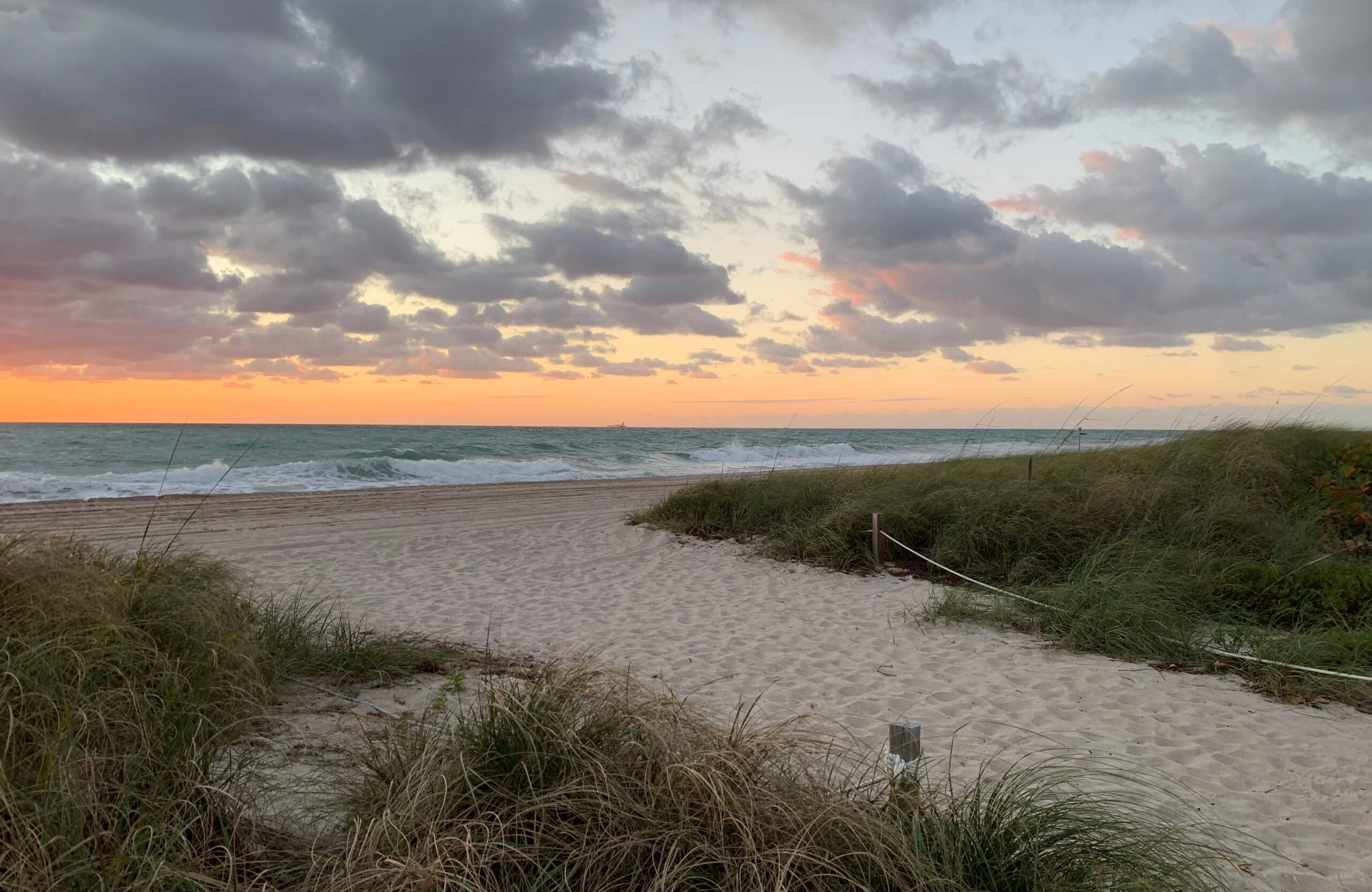Index Shows Buying Better than Renting

The national buy versus rent index is progressing more towards the “buy” territory which shows us that U.S. markets and especially Broward County continue to be strong. This study which was conducted by Florida Atlantic University and Florida International University also indicates that home prices have risen by 5.4% in Q1 of this year.
“This appears to be driven by a steady but strengthening job market, rising rents relative to rising ownership costs and recent slower growth in traditional financial portfolios consisting of stocks and bonds,” says Ken Johnson, a real estate economist and one of the index’s authors.
This study examined the relationship between buying property and building wealth via equity versus renting a comparable home and investing in stocks and bonds. The conclusion is that “In terms of wealth creation, the U.S. housing market, when considered as a whole, has swung more in favor of homeownership over renting a comparable property and investing monthly rent savings in a portfolio of stocks and bonds.”
Some areas like Boston, Chicago and New York moved into the buy category. “These cities should have room for price growth without much worry of overheating,” says Eli Beracha, co-author of the index and assistant professor in the T&S Hollo School of Real Estate at FIU. “This is especially true for Chicago, Cincinnati, Cleveland and Detroit.”
Meanwhile other cities are near an “indifference” point with the relationship between buying and renting. Cities like Miami, Los Angeles, San Francisco and Seattle the index score moved in the direction of homeownership.
“This movement suggests that most consumers in these markets appear to have learned from the real estate crash and now understand that residential property prices can get too high,” Beracha says. “This is a good sign for future housing price stability in these markets.”
Only a few cities like Houston and Denver moved into the rent category. “Strong economic support within these two markets should make for a soft landing in terms of slowing property price growth, increased marketing time for properties and lower probabilities that sellers will actually transact and close during a given marketing effort of their property,” Johnson says.



